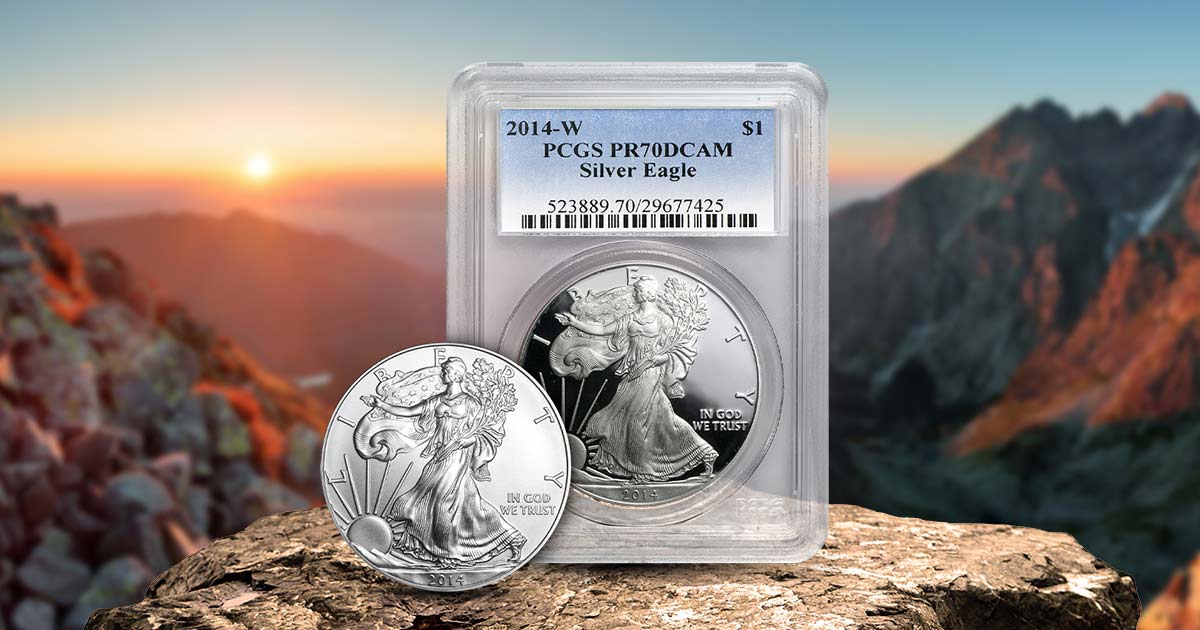
Which is better, proof, or mint state coins? It depends on your prerogative. For collectors of proof coins, a proof coin is arguably better than a mint state coin.
Proof coins offer more eye appeal thanks to prepared die, prepared planchets, and striking methods used to produce them. Further, proof coins have a distinctive contrast, known as cameo, as well as greater demand, since they are produced in limited numbers.
Meanwhile, collectors of mint state coins might simply be more interested in mint state coins. Mint state coins are more widely available, and historic mint state coins have ‘seen’ major historic events. Circulating coins often carry a lower premium, and there are more plentiful varieties and error coins available in mint state coins than in proof coins.
At the end of the day, circulating and proof coins are both good to collect. To answer which is better depends on your interest.
Differences Between Proof and Mint State Coins
Proof coins and mint state coins, which are often called business strikes or coins struck for use in commerce, are different in their appearance and in how they are produced.
Proof coins are often more difficult to find than mint state or circulating coins.
Features of Mint State Coins
Mint state coins provide a fun challenge for collectors who want to build a full set from a series and a sense of adventure for collectors in search of flawless MS-70 coins.
- Mint State, circulating, or business strike coins are struck from typical planchets and regular coin dies.
- Have a matte or matte-like finish over the whole coin and may have minor imperfections because of handling the coin during the minting process.
- Are struck once with normal operating speed and pressure.
- Are produced for circulation and are not handled differently from other coins.
- Mint state coins are produced in large quantities intended for circulation and use in commerce.
- Unless they are graded higher than a similar proof coin, are older than the current year’s issue, or exhibit errors, circulating coins will carry a lower premium.
Features of Proof Coins
Proof coins are made using a high quality minting process and add beauty to any coin collection. Proof coins offer a captivating glimpse into the design, artistry, and history of a coin.
- Proof coins are typically struck on specially polished planchets with equally polished dies.
- Have a ‘frosted’ foreground with a mirror like background and intricately detailed design.
- Struck multiple times at a slower rate with greater pressure per strike.
- They are produced for collectors and are handled with care to preserve their special finish.
- Proof coins are produced in lower mintages and are not intended for circulation or use in commerce.
- Will be priced higher than Mint State or circulating coins.
Are There Low Grades for Proof Coins?
Because special attention is paid to the striking of proof coins, it is not likely to find a newer proof coin with a low Sheldon grade. While this does not preclude proof coins from being overhandled and damaged by a collector, their higher cost typically prevents them from being used to make purchases or change.





